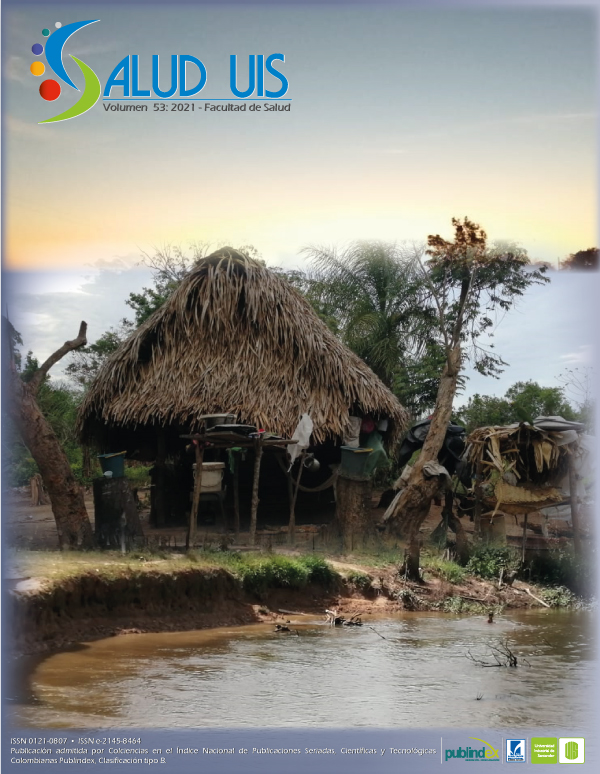Abstract
Introduction: YouTube is the most used social network in Latin America, and it constitutes an educational tool with great capacity for diffusion and influence in the community, both informatively and fraudulently. Objectives: Evaluate the reliability, quality, and usefulness or the information of the videos published in Spanish on YouTube about Covid-19, in order to evaluate the information that may reach the general population. Materials and methods: Cross-sectional study. A search is performed using the words coronavirus and Covid-19, the first hundred videos are analyzed simultaneously by two separate evaluators, according to metrics and standardized instruments. Results: 62,359,479 views were obtained, 95.76 % of the videos were informative and 41.52 % had health personnel as the publisher. The highest percentage of reliability score with mDISCERN scored 3 (35.59 %), in quality with GQS point 1 (38.98 %), and in utility with CSS scored 0 (25.42 %). Most of the videos and non-fraudulent information are generated by health personnel, obtaining better scores in relation to the metrics and GQS. Videos made by independent users were 5.8 times more likely to be misleading (p = 0.17). Conclusions: Most of the videos were informative, and only 0.85 % had misleading content, which contrasts with previous studies, where the highest
proportion of information was misleading. Maybe related to security strategies against “Fakes news”. Videos made by health professionals and government entities have a low probability of reproducing false information.
References
Centro europeo para la prevención y el control de enfermedades agencia de la unión europea. Actualización de la situación de COVID-19 en todo el mundo, a partir del 24 de mayo de 2020. https://www.ecdc.europa.eu/en/geographical-distribution-2019-ncov-cases
Organización Mundial de la Salud Coronavirus del síndrome respiratorio de Oriente Medio (MERS-coV), 2020. https://www.who.int/emergencies/mers-cov/en/
Q4 global digital statshot. Digital 2019. https://pan.baidu.com/s/1aOce7LRYPtQugrLKv9jFdQ
Google. Prensa, 2020. https://www.youtube.com/about/press/
Li HO-Y, Bailey A, Huynh D, et al. YouTube as a source of information on COVID-19: a pandemic of misinformation? BMJ Global Health 2020;5:e002604. doi: 10.1136/bmjgh-2020-002604
Bora k, Das D, Barman B, Borah P. Are internet videos useful sources of information during global public health emergencies? A case study of YouTube videos during the 2015–16 Zika virus pandemic. Pathogens and Global Health 2018; 112(6): 320- 328. doi: 10.1080/20477724.2018.1507784
Pathak R, Poudel DR, Karmacharya P, Pathak A, Raj Aryal M, Mahmood M. et al. Youtube as a source of information on Ebola virus disease. N Am J Med Sci 2015; 7: 306. doi: 10.4103/1947-2714.161244
Pandey A, Patni N, Singh M, Sood A, Singh G. YouTube as a source of information on the H1N1 influenza pandemic. Am J prev med 2010; 38: e1–3. doi: 10.1016/j.amepre.2009.11.007
Departamento administrativo de la Función Pública. Transparencia, acceso a la información pública y rendición de cuentas en el marco del COVID–19. 1.ª ed. Bogotá: Carolina Mogollón Delgado; 2020.
Basch CE, Casch CH, Hillyer GC, Jaime C. The Role of YouTube and the Entertainment industry in saving lives by educating and mobilizing the public to adopt behaviors for community mitigation of COVID-19: Successive sampling design study. JMIR Public Health Surveill. 2020. 6(2): e19145. doi: 10.2196/19145
Li HO, Bailey A, Huynh D, Chan J. YouTube as a source of information on COVID-19: a pandemic of misinformation? BMJ Global Health. 2020; 5(5): e002604. doi: 10.1136/bmjgh-2020-002604
Milenio 2020. YouTube tiene un plan para evitar las fake news en video 2020. https://www.milenio.com/tecnologia/youtube-plan-evitar-fake-news-video
Ahmed W, Vidal-Alaball J, Downing J, López Seguí F. COVID-19 and the 5G conspiracy theory: Social network analysis of twitter data. J Med Internet Res. 2020; 22(5): e19458. doi: 10.2196/19458

This work is licensed under a Creative Commons Attribution 4.0 International License.
Copyright (c) 2021 Giselly Mayerly Nieves Cuervo, Laura Tatiana Espitia-Duran, María Andrea Moreno-Salamanca

